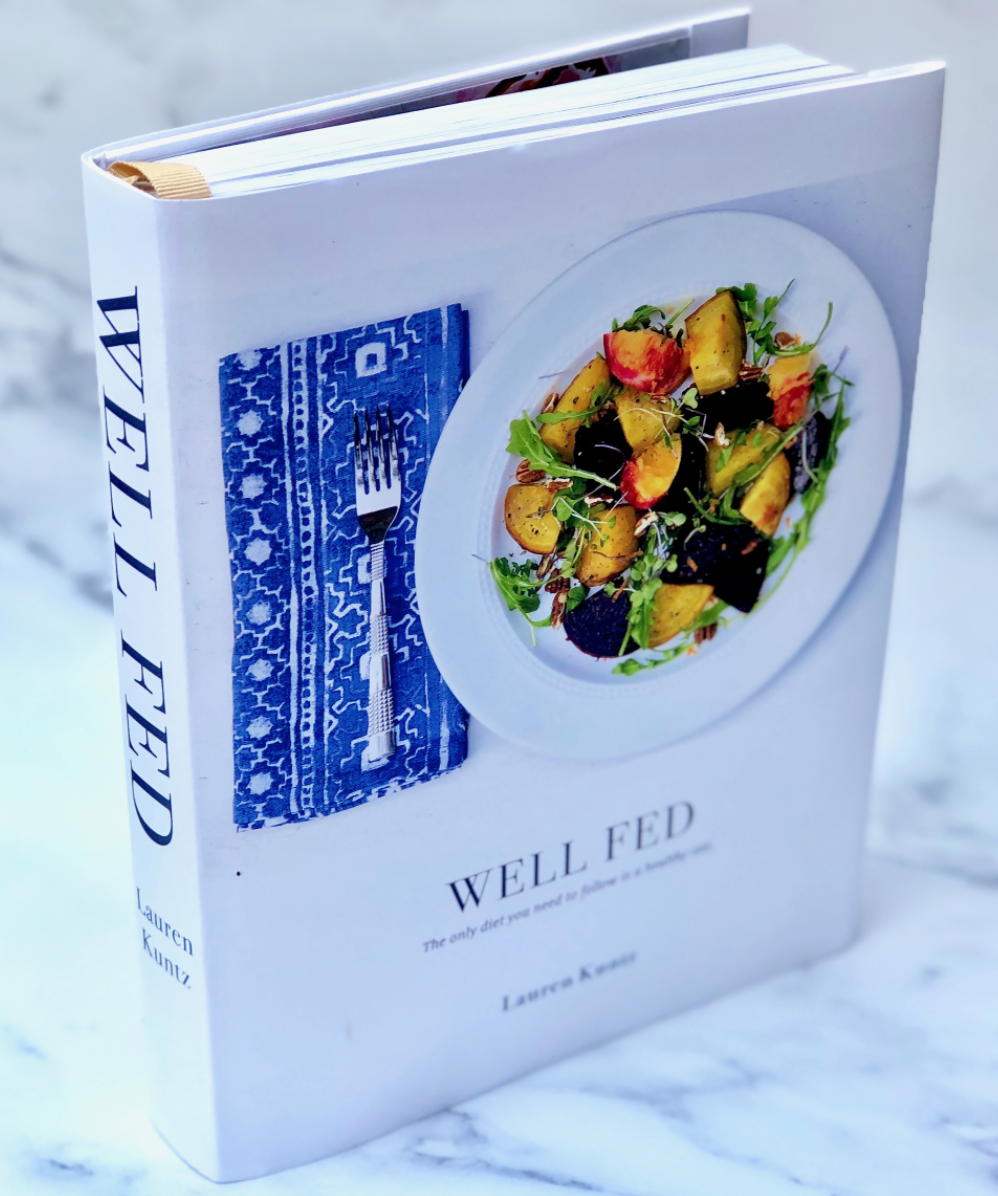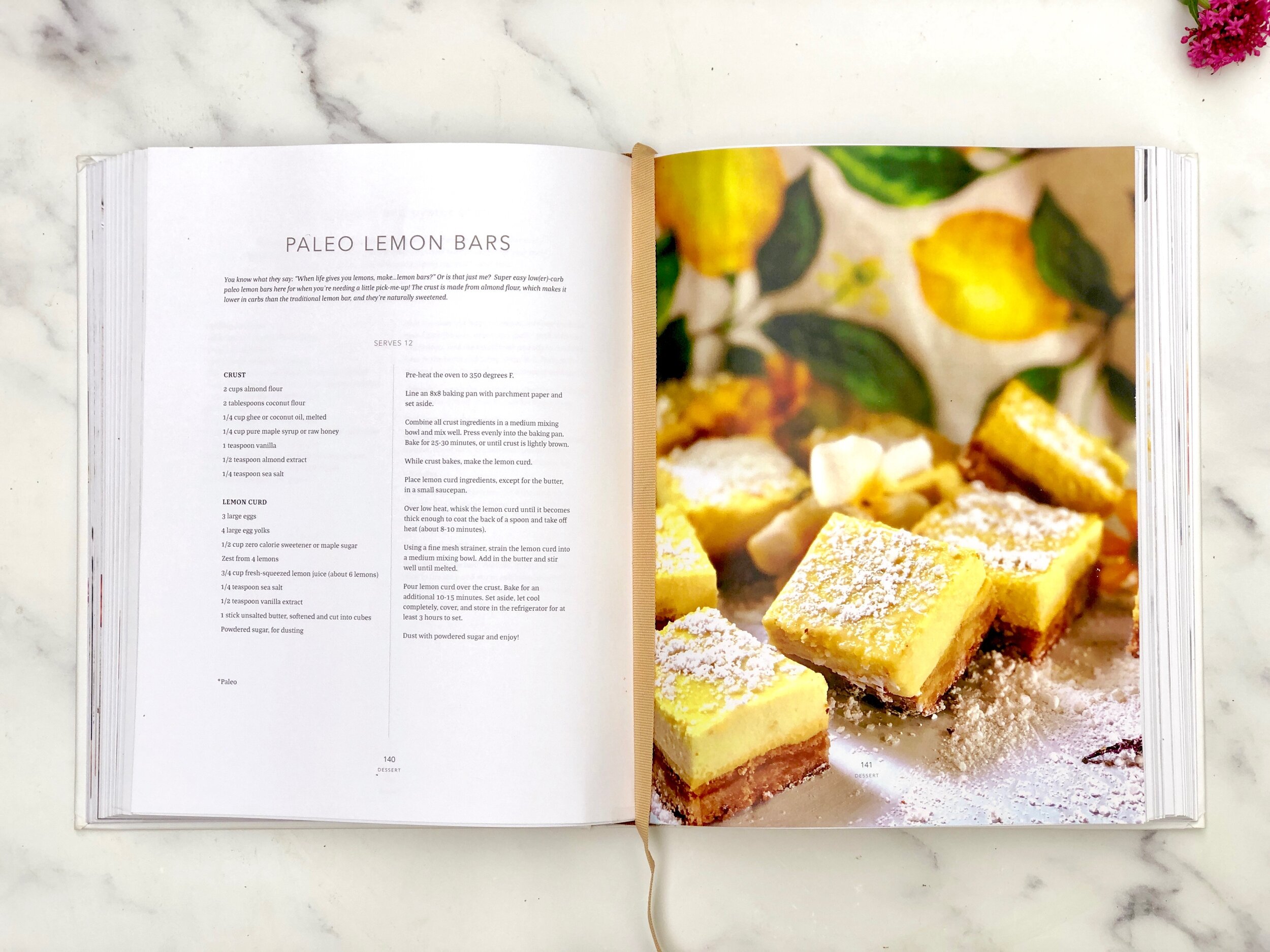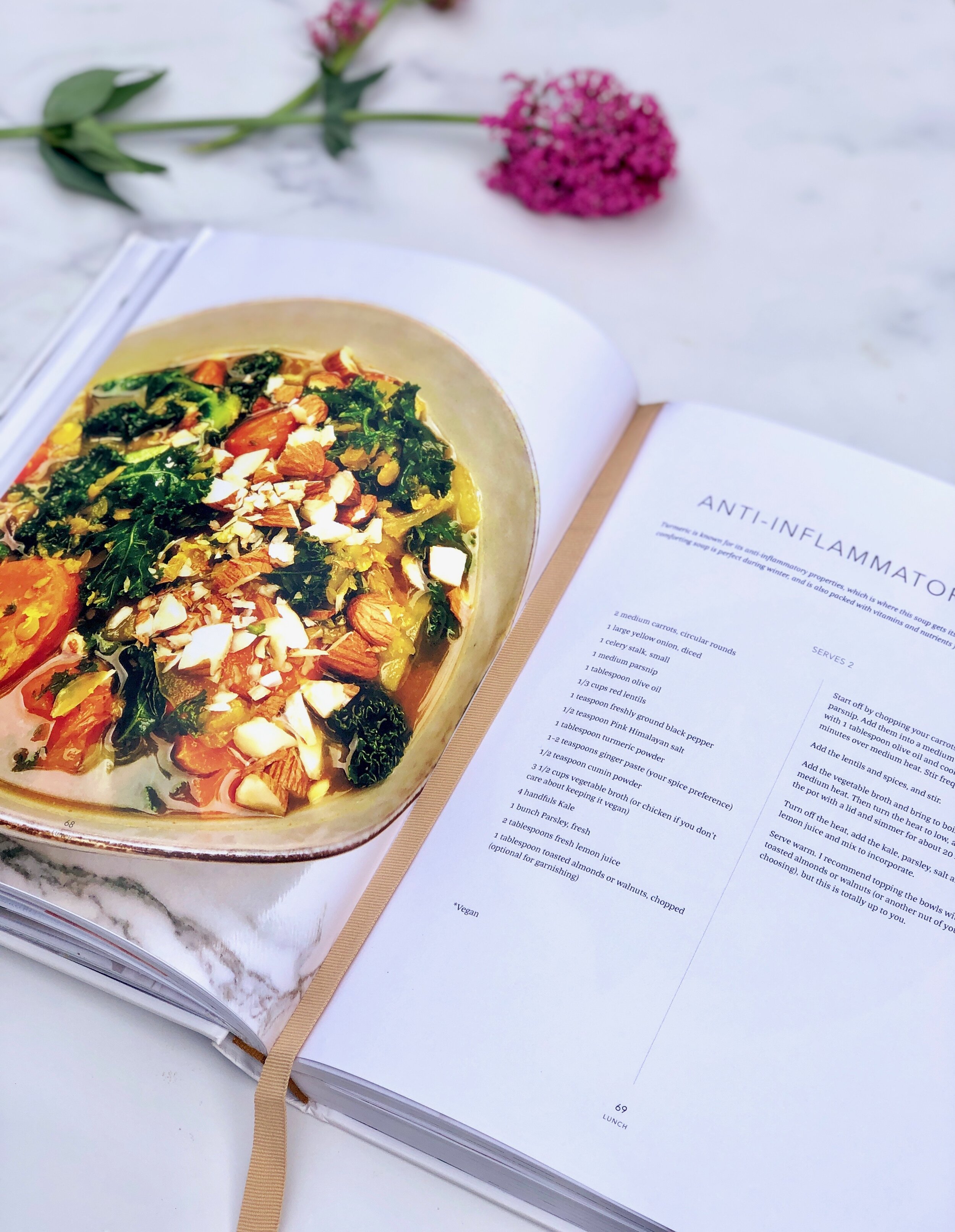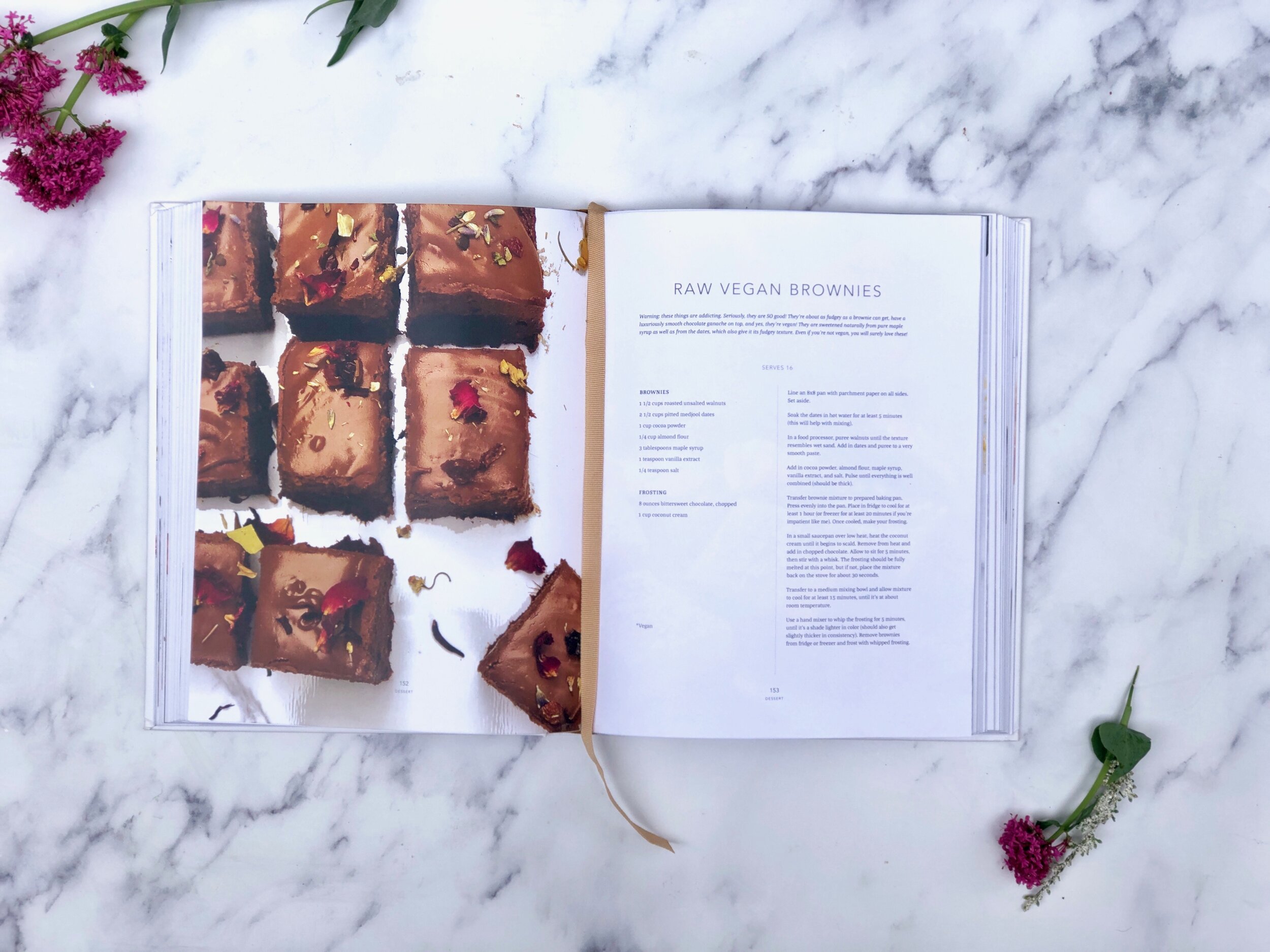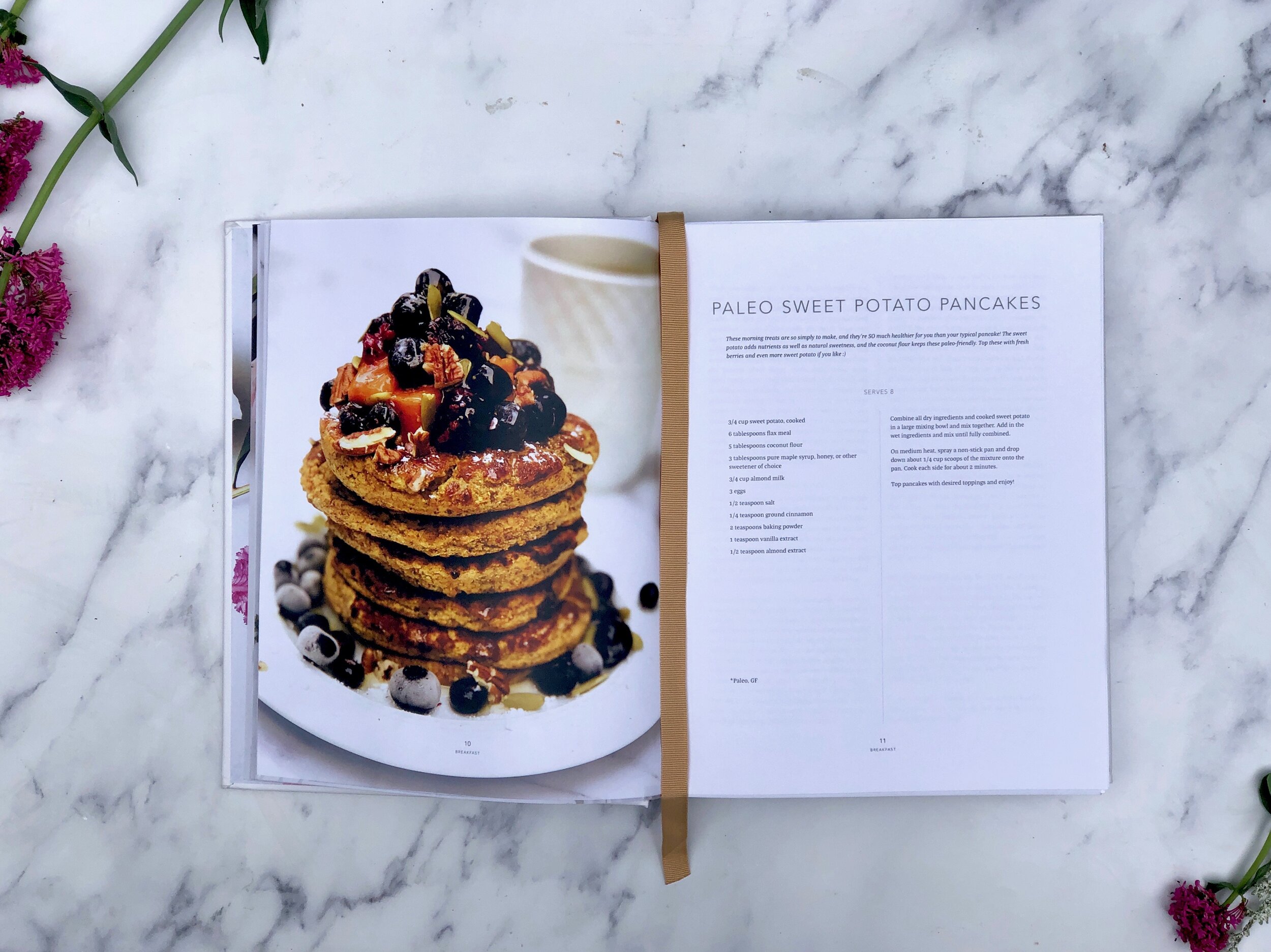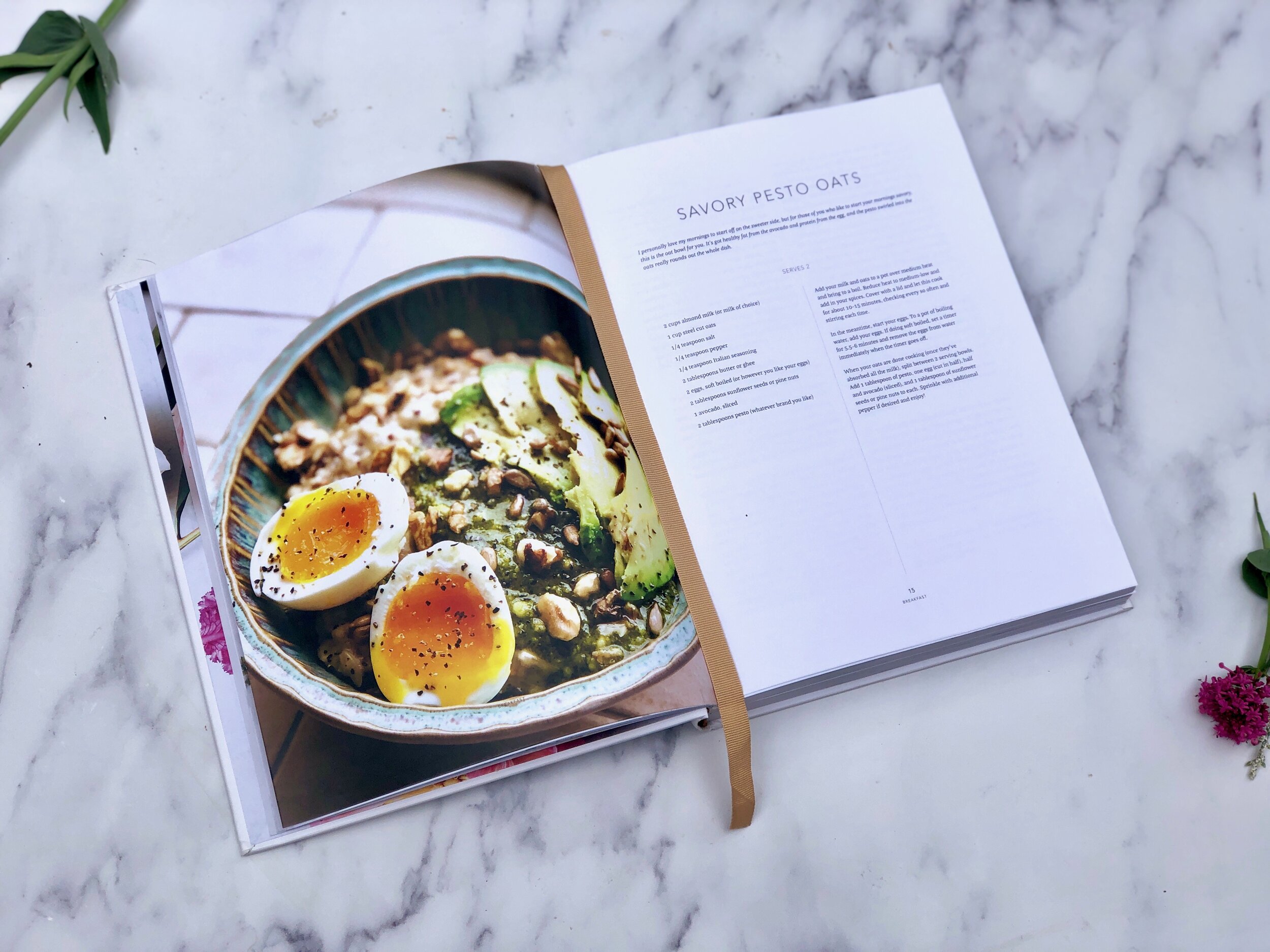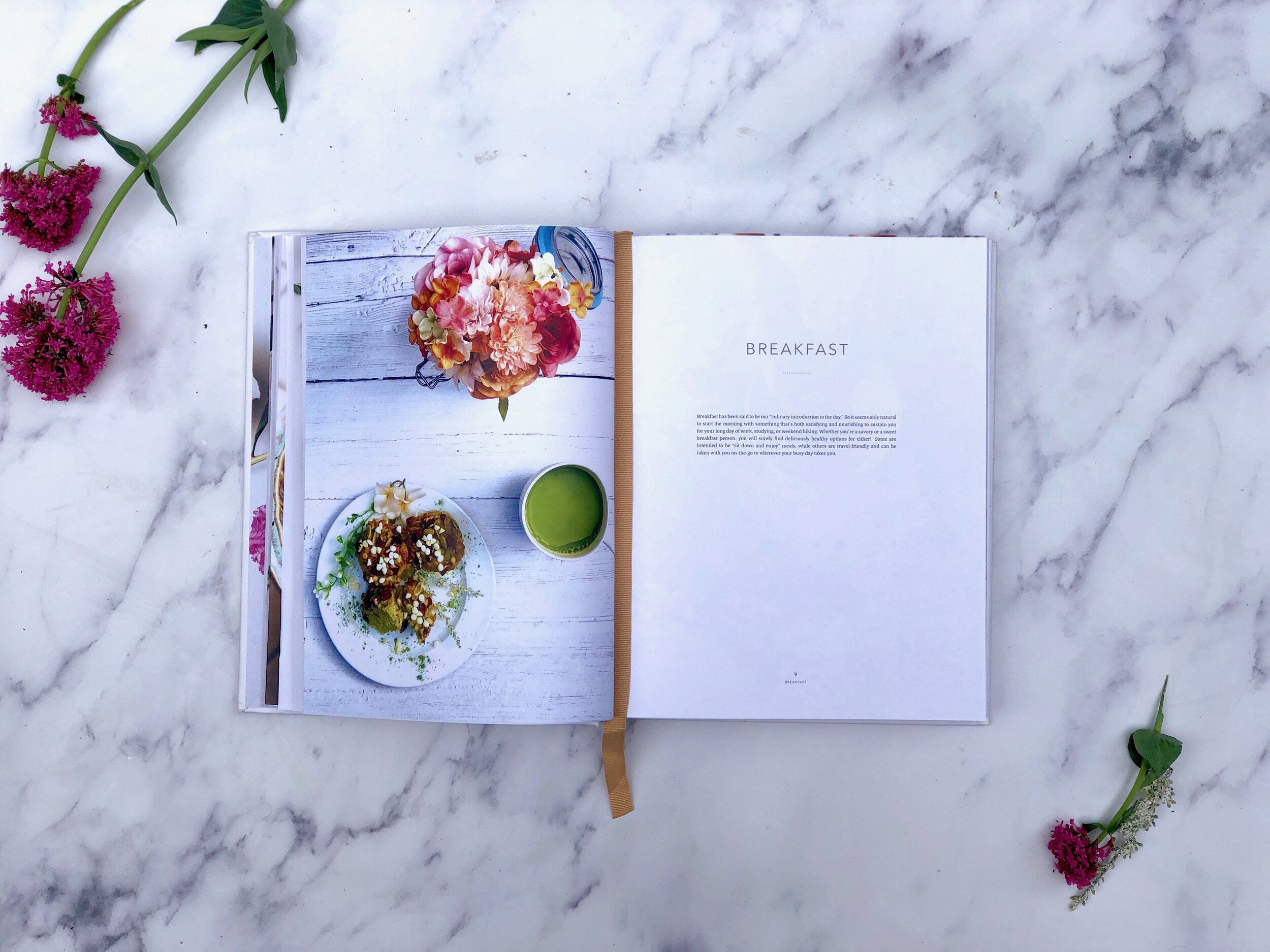Well Fed: Healthy Lifestyle Cookbook
Background:
I’m sure you’re wondering what qualified me to author a healthy lifestyle cookbook (seeing as I’m not a professional chef nor an accomplished dietitian). I was just your average twenty-two year old college student who basically lived in her kitchen, liked to cook, and really loved to bake.
This book was somewhat accidental, in that it just kind of happened on day. I would make a bomb dessert or soup with 50 different spices in it and just started writing them down so I would remember for next time or send it to my family to try out also. Pretty soon, all my loose papers piling up in my college pantry became too much, were getting crumpled and covered with crumbs, and some even unreadable after a while. So I figured typing them out nicely was the best option…and there you have it.
Healthy living and nutritious eating really became an essential part of my life in high school. During my early teenage years, I struggled to consume the appropriate nutrients needed for my body to function effectively, which ultimately sent me to seek advice from a professional dietitian. After experiencing firsthand the detrimental effects of depriving my body of essential nutrients and learning about the best nutritional options available, I decided to make a change in my eating habits. I was in awe of how adding only a few things into my diet rapidly improved my overall health and strength. I now strongly stand by the phrase, “Put good in, get good out.”
I understand that everyone has different dietary needs for a number of reasons, whether they be medical, for weight loss, or for general health purposes. I created this cookbook so that anyone can find recipes that suit their dietary needs. Nearly all of the recipes in this book use almond flour as a substitution for regular flour (great for individuals following a gluten-free or a low-carb diet), and many of the baking recipes have substitutions that allow them to be vegetarian or vegan-friendly.
Photography
Similarly to how the book itself came to be, the photography aspect also emerged pretty organically. I would take a snapchat of what I was making, post a photo to my Instagram story, or send a regular photo in my family group text of something I’d made, and was getting great feedback from people (some even jealous they couldn’t partake in the eating). So I started putting in more care to the “styling” of the food to get a great photo, as opposed to only caring how it tasted. After a week or so of really getting the hang of it, the photo setup became one of my favorite parts of my day! I would dedicate time before class to make sure I got a great photo to post on my food Instagram and place for that recipe of the cookbook.
Recipe Cards:
After printing and binding the physical book myself, I realized how time-consuming and costly that was. However, some people still wanted some sort of physical version of the recipes. I thought that recipe cards were a nice in-between, and were also much more cost-/time-effective. I categorized the cards the same was as the book: Breakfast, Lunch, Snacks, Dinner, Desserts, Drinks. The distinguishing factor is the border color of the cards—each relates to a different category of food. I also made the container that holds the cards.


